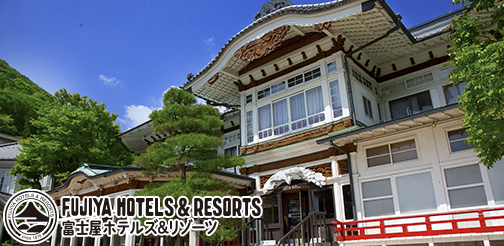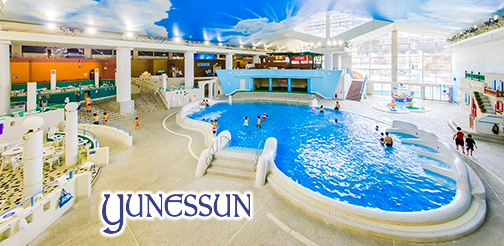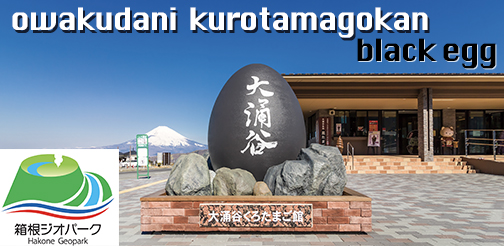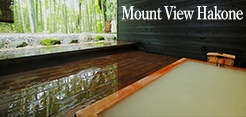The wet climate of Hakone is perfect for many types of moss, which can be seen on old trees and in woods throughout the area. Still, the variety on display in the garden of the Hakone Museum of Art is extraordinary. Growing in the shadow of some 200 Japanese maple trees, the roughly 130 kinds of moss here were amassed by Okada Mokichi (1882–1955), the founder of the museum and an avid collector of ancient Japanese, Chinese, and South Asian art. The museum and garden are located in Gora, which has been known for its luxurious vacation homes since the 1920s. After World War II, when the price of land in the area was somewhat less astronomical than before, Okada purchased a former Japanese-style park left unattended during the war. Its slanted, relatively narrow plot was formed by lava flows when nearby Mt. Soun erupted tens of thousands of years ago, with large volcanic rocks still found here and there. Okada had these boulders rearranged according to his wishes and went about designing the rest of the park to his liking. Inspired by the moss gardens of Kyoto, he sourced plants from all around Japan until the Gora plot looked sufficiently presentable. The Hakone of Museum of Art and its garden were opened in 1952, and retain their distinctive, somewhat otherworldly appearance today.
This English-language text was created by the Japan Tourism Agency.
















